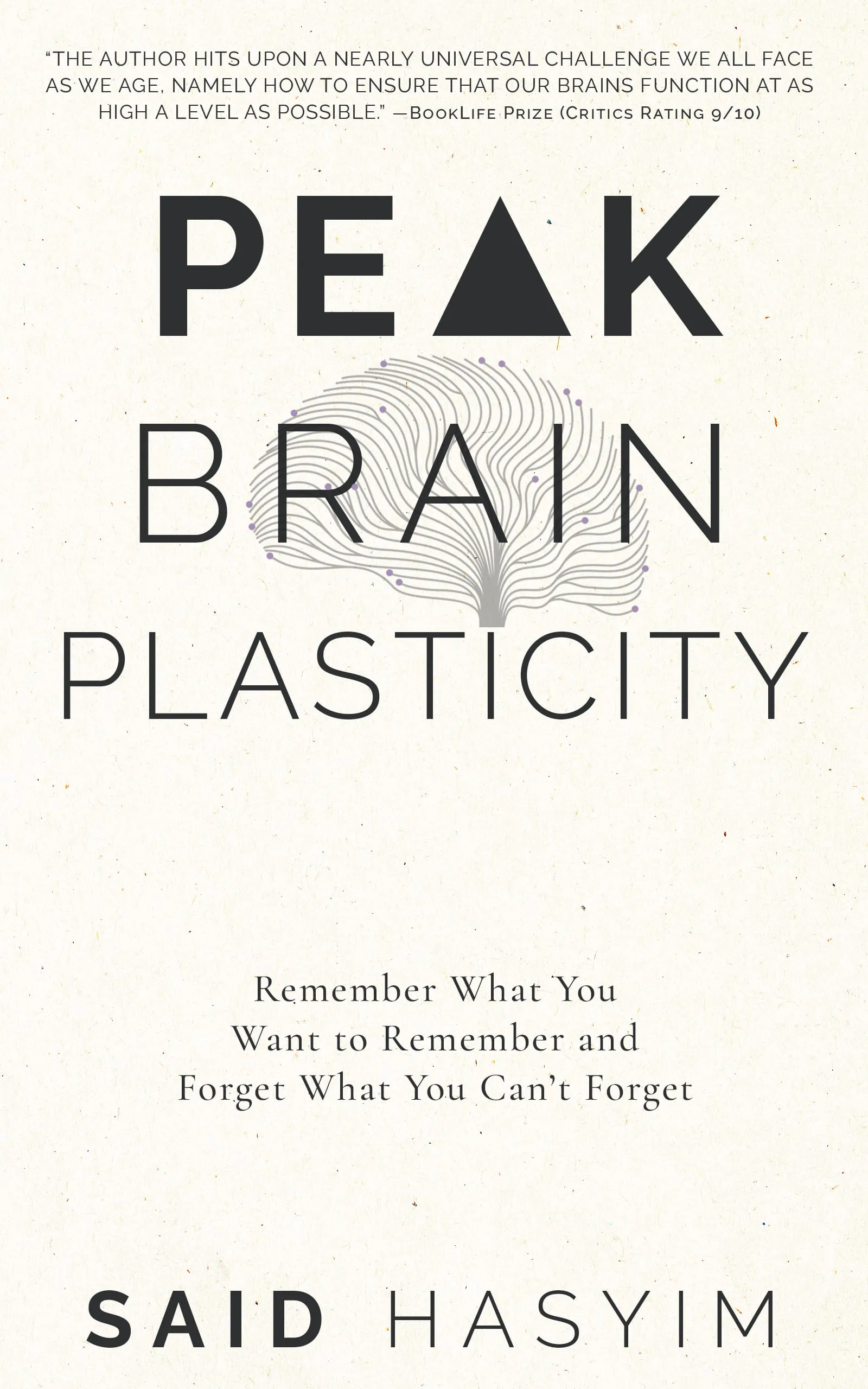Discovering the Mechanisms of Brain Adaptability
The human brain is one of the most complex and adaptable organs in the body. It possesses an extraordinary capacity to reorganize itself, a phenomenon known as neuroplasticity. This ability not only underpins our learning and memory but enables recovery from injuries and adapts to new environments and experiences. In this blog post, we will explore the mechanisms behind brain adaptability and its profound implications for personal development and rehabilitation.
What is Neuroplasticity?
Neuroplasticity refers to the brain's ability to change its structure and function in response to experience. This can occur through:
- Structural Plasticity: The physical changes that occur in the brain as a result of learning or environmental changes. New neural connections can form, and existing connections can strengthen, weaken, or be eliminated over time.
- Functional Plasticity: The brain's capacity to move functions from damaged areas to undamaged regions. This is particularly significant in the context of recovery following brain injuries or strokes.
The Two Types of Neuroplasticity
Growth Plasticity: This form of plasticity involves the creation of new neurons (neurogenesis) and synaptic connections. Growth plasticity is often stimulated through learning new skills or engaging in challenging cognitive tasks. Recent studies show that activities like learning a new language, playing a musical instrument, or participating in demanding sports can boost neurogenesis, especially in the hippocampus, a region critical for memory and learning.
Experience-Dependent Plasticity: This type emphasizes that the brain adjusts based on life experiences. From childhood through adulthood, the brain's connectivity changes according to what we learn and experience. For example, studies indicate that London taxi drivers, who are required to memorize complex routes, have an enlarged posterior hippocampus than non-taxi drivers, demonstrating the brain's adaptability in response to environment-specific demands.
Mechanisms behind Brain Adaptability
The brain's adaptability involves several intricate processes, from molecular to systemic levels. Understanding these mechanisms provides insights into how we can enhance learning, recovery, and overall cognitive function.
1. Synaptic Plasticity
One of the core mechanisms of neuroplasticity is synaptic plasticity, which involves changes in the strength of synapses (the connections between neurons). Two key processes in synaptic plasticity are:
Long-Term Potentiation (LTP): This is the process by which synapses strengthen over time with repeated activation. LTP is thought to be a mechanism for learning and memory.
Long-Term Depression (LTD): In contrast, this process involves the weakening of synapses. LTD can help eliminate unnecessary connections, making way for new learning.
Together, LTP and LTD enable the brain to refine its connectivity based on experience, enhancing learning while optimizing memory storage.
2. Neurogenesis
Neurogenesis, the birth of new neurons, primarily occurs in the hippocampus throughout life, although it is most pronounced during childhood. Factors that promote neurogenesis include:
Physical Exercise: Regular aerobic exercise has been shown to enhance neurogenesis and improve cognitive function. Animals that engage in physical activity display increased neuron production and growth in the hippocampus.
Environmental Enrichment: Exposing the brain to diverse and stimulating environments can promote neurogenesis. Learning new skills, social engagement, and intellectual challenge are effective approaches.
3. Critical Periods
Throughout development, the brain experiences critical periods during which its adaptability is heightened. For instance, children's brains exhibit increased plasticity for language acquisition and sensory experiences. However, neuroplasticity remains a lifelong capability, though it typically reduces with age. Engaging in continuous learning, social interactions, and mental challenges can help maintain and enhance plasticity even later in life.
4. The Role of Glial Cells
Traditionally viewed as mere support cells, glial cells play a crucial role in brain adaptability. They contribute to the formation and maintenance of synaptic connections. Astrocytes, a type of glial cell, modulate neurotransmitter release and have been found to influence learning and memory processes. Understanding the role of glial cells in plasticity opens new avenues for brain health research.
Implications for Rehabilitation and Learning
The mechanisms of brain adaptability have far-reaching implications across various fields, from education to rehabilitation.
1. Stroke Rehabilitation
Patients recovering from strokes can experience significant improvements through targeted rehabilitation exercises. Leveraging neuroplasticity, therapists design rehabilitation programs that encourage repetitive, task-oriented movements. This can help rewire the brain, allowing functions to be regained even after significant damage.
2. Learning and Memory Enhancement
In educational settings, understanding neuroplasticity informs effective teaching strategies. Incorporating techniques such as spaced repetition, active learning, and promoting growth mindsets can enhance students' learning experiences and retention. When students engage intellectually and socially, they’re more likely to foster synaptic connections and encourage neurogenesis.
3. Mental Health
Neuroplasticity concepts can be foundational in treating mental health disorders. Therapy models, such as Cognitive Behavioral Therapy (CBT), aim to reframe negative thought patterns and encourage new cognitive pathways. Activities that promote mindfulness, physical activity, and social connections can help combat anxiety and depression while fostering a resilient brain.
Conclusion
The mechanisms of brain adaptability are remarkable, revealing a world where our experiences, challenges, and choices shape our cognitive landscapes. Whether you’re seeking to enhance your learning, rehabilitating from an injury, or simply aiming for cognitive longevity, understanding and harnessing neuroplasticity can profoundly impact your journey.
Embracing lifestyle changes—like engaging in lifelong learning, maintaining physical health, fostering social interactions, and challenging cognitive abilities—can help unlock the brain's potential, empowering you to adapt and thrive throughout life. The journey of discovery and adaptability continues, so let's explore it together!
Harness the Power of Neuroplasticity
Discover Peak Brain Plasticity, a practical book to harnessing neuroplasticity. Enhance your memory, learn new languages quickly, and alleviate anxiety with effective study methods. Uncover daily habits that impact cognitive health and explore techniques for accelerated learning and memory retention. Unlock your brain's potential for growth and transformation.
